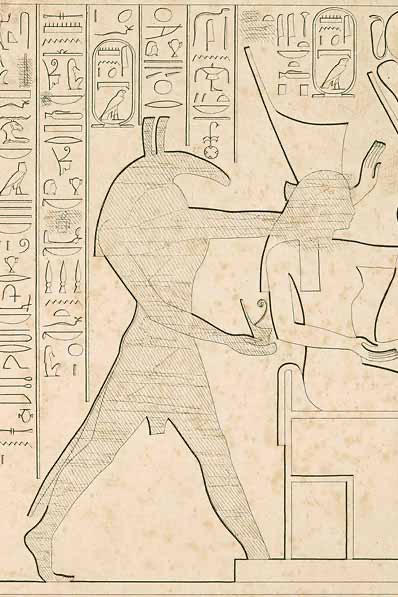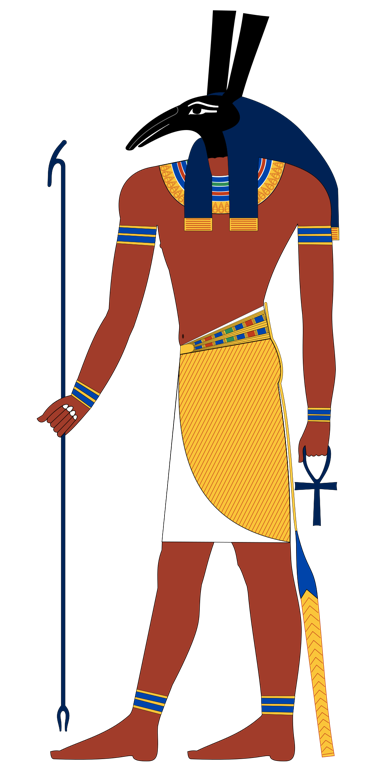Summary
The Mythology of Seti
In ancient Egyptian mythology, Seti, also known as Seth, stands out as a complex deity. He governs chaos, deserts, storms, and war. Unlike other gods, Seti’s story evolves over time. In early myths, he was a respected protector of Ra, the sun god. Seti would fend off the serpent, Apep, during Ra’s nightly voyage through the underworld. This role earned him the honor among the gods. As stories evolved, Seti’s image changed. He became known for trickery and violence, particularly in the Osiris myth. Here, Seti kills and dismembers his brother Osiris, only to be defeated by his nephew Horus. Despite his dark traits, Egyptians also saw him as a necessary force. He balanced out the order maintained by other deities. Seti’s complexity reflects the intricacy of Egyptian theology. It showcases their comfort with the duality of life’s forces.
Get your dose of History via Email
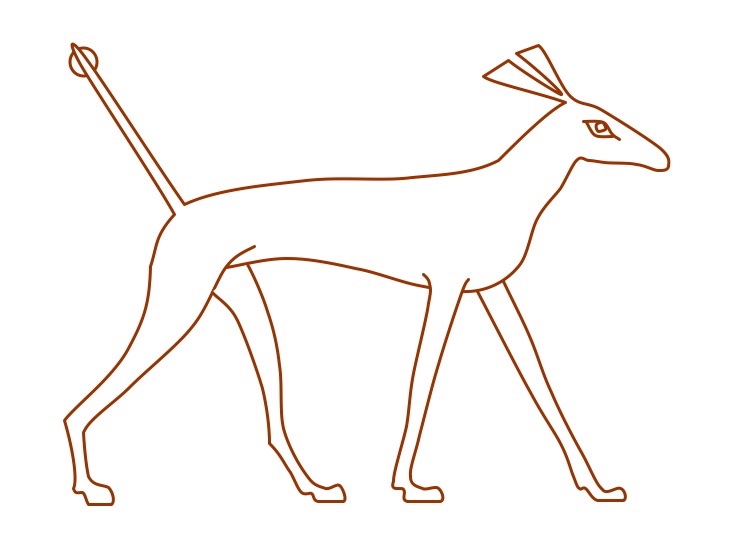
Cultural Representation and Worship
The depiction of Seti in Egyptian culture is as multifaceted as his mythology. Initially revered, his image later changed. An animal unlike any other, often with a curved snout, long squared ears, and a forked tail, represented him. This unique form symbolizes his link to the unknown and the disordering powers of the desert. Temples dedicated to Seti, such as the one in Naqada, serve as evidence of his early worship. They also showcase the complexities of his deity during different Egyptian dynasties. Over time, as his narrative grew darker, his cult diminished. This shift reflects changes in political and social climates. Seti’s following dwindled, especially after the Hyksos period, where Seti was associated with foreign rulers. However, his significance in Egyptian culture persists. His image appears in artifacts and hieroglyphics. Despite his tumultuous history, Seti remains a symbol of the duality that characterizes ancient Egyptian belief systems
Seth: God of Chaos, Storms, and Foreign Lands
In the pantheon of Ancient Egyptian deities, Seth stands out as a figure of complexity and contradiction. Known as the god of chaos, storms, and foreign lands, Seth’s domain was vast and touched upon many aspects of life and the universe. Unlike many other gods who were purely benevolent, Seth embodied the necessary force of destruction that balanced out creation.
The Dual Nature of Seth
As with many figures in mythology, Seth played multiple roles. He was both a protector and a disruptor. One of Seth’s most famous tales involves his conflict with his brother Osiris, where he brings about chaos and disorder. However, Seth also defended the sun god Ra from the chaos serpent Apep. Thus, the Egyptians saw him as a complex figure capable of great good and great terror. His duality mirrors the human experience with nature; storms can be destructive, but also bring fertile soil.
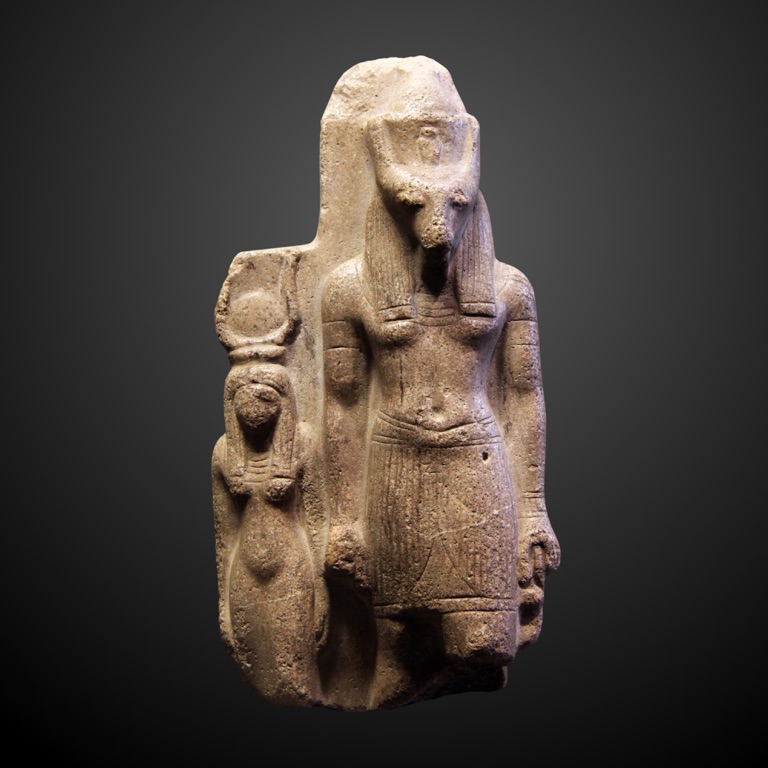
Worship and Reverence of Seth
The worship of Seth was widespread, especially in the deserts and frontier regions of Egypt. As the deity associated with foreign lands, those on the peripheries of the Egyptian world prayed for his favor. His followers believed that his tumultuous spirit could be appeased with reverence and offerings. Rituals and temples dedicated to Seth were distinctive, focusing on the celebration of his strength and the acknowledgement of his tumultuous nature. Seth’s temples stood out as places where the Egyptians connected with the raw power of the elements and the untamed lands beyond their borders.
Seth’s Lasting Legacy
Seth’s influence extends beyond ancient times, inspiring modern interpretations and symbolism. His figure often embodies the idea that chaos and order are two sides of the same coin. Artists and writers draw from Seth’s narrative to depict the struggle between light and darkness, creation and destruction. This god of storms and change remains a powerful symbol, reminding us of the delicate balance in the natural order and our place within it.
The Evolution of Seth’s Reputation in Egyptian Mythology
Seth: From Revered God to Villain
In the fabric of Egyptian mythology, Seth’s character underwent a profound transformation. Initially, he was a revered deity of the desert, storms, disorder, and foreigners. His role was complex but crucial. Ancient Egyptians respected Seth’s strength and saw him as a necessary force that countered the too-perfect order. His fierce might as a protector of Ra, the sun god, was lauded in earlier periods. Yet, over time, his image darkened. He became associated with chaos and was often depicted as the antagonist of the god Osiris, who represented order and fertility. This shift in his narrative from a protector to a force of disruption showcases the dynamic nature of mythologies and how they evolve with cultural changes.
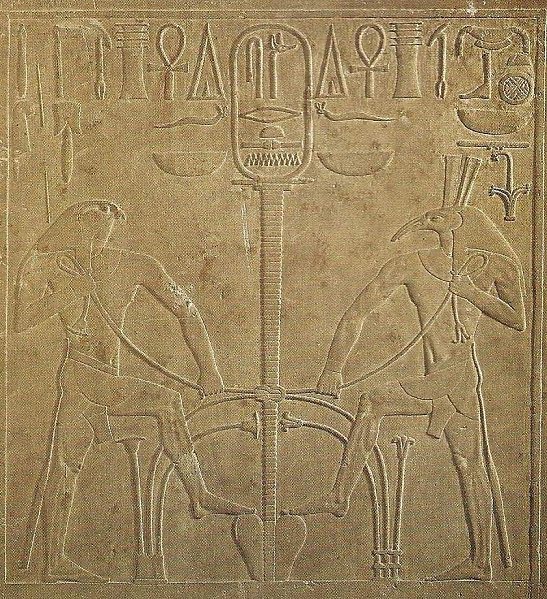
The Osiris Myth and Seth’s Infamy
Seth’s reputation took a turn for the worse with the story of Osiris’s murder. In this tale, the jealousy and spite within Seth erupted, leading him to deceive and kill his brother Osiris. He then scattered Osiris’s parts across the land to prevent his resurrection. The myth encapsulated the struggle between order (Osiris) and chaos (Seth) and had a profound impact on Seth’s image. The dramatization of this brotherly strife marked a pivotal moment for Seth’s standing among the gods. His portrayal shifted to that of a malicious usurper, deeply entwined with themes of betrayal and regicide. Consequently, the cult of Osiris grew while Seth began to embody the darker aspects of the world, influencing his worship and representation in the culture.
Lingering Ambivalence Towards Seth
Despite the negative overtones, Seth retained some of his earlier complexity. He continued to serve as the deity of necessary disruptions, reminding us that chaos can lead to growth and change. His followers, although fewer, still revered him for his original associations with strength and protection. This ambivalence highlights the rich tapestry of Egyptian mythology where gods were not one-dimensional but reflected the multi-faceted nature of life itself. Seth’s evolution in mythology, from valiant guardian to maligned figure, mirrors the historical shifts within Egyptian society and reminds us that the stories we tell are always changing, just like the gods of ancient Egypt.
Seth in Egyptian Religion: Worship and Depictions
The God of Chaos and Storms
In the intricate pantheon of ancient Egyptian religion, Seth stands out as a figure of complexity and controversy. Known as the god of chaos, storms, and the desert, his worship was widespread and deeply entrenched in Egyptian culture. Temples dedicated to Seth date back to the Old Kingdom, showcasing his longstanding influence. Historians rely on carbon dating of these temple remnants to estimate the periods of active worship. Seth’s identity evolved over time, reflecting the shifting sands of Egyptian society and politics. He was once celebrated as a protector of Ra, the sun god, but later narratives cast him as the usurper who murdered his brother Osiris.
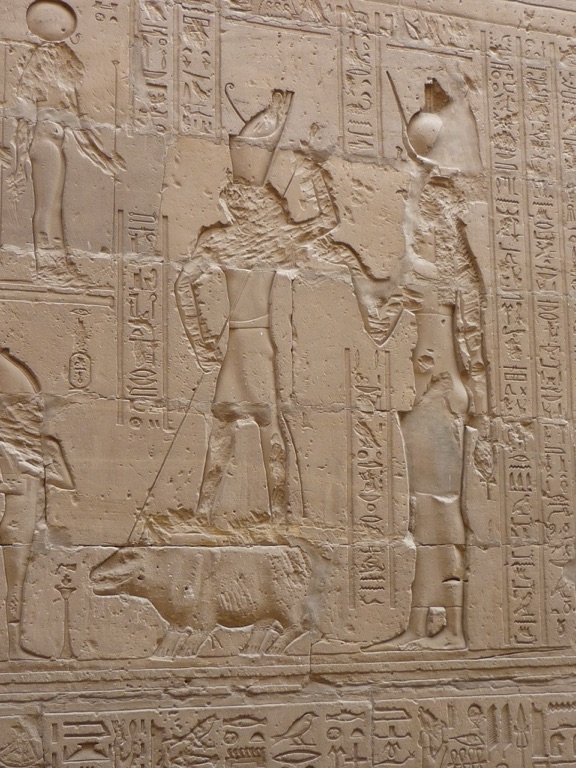
Depictions in Art and Mythology
Seth’s portrayals varied from protector to antagonist, leaving a legacy shrouded in myth and mystery. His depictions in art are distinctive, often shown with a curved snout, square-tipped ears, and a forked tail. This composite animal form, known as the Seth animal, is unique to him and serves as a visual testament to his otherworldly nature. The various artifacts uncovered from archaeological sites bring light to the way Egyptians perceived Seth. They tell a story of a deity who was both feared and revered, a dual nature that added to the rich tapestry of myths surrounding him.
Cultural Resonance of Seth
Seth’s cultural significance extends beyond his mythological roles and into the day-to-day lives of ancient Egyptians. He was believed to be essential in warding off chaos, enabling the annual flooding of the Nile, which was vital for agriculture. Despite the negative aspects of his character, his importance in the Egyptian cosmos was undeniable. Interpretations of Seth’s influence vary among scholars, with some viewing his chaotic nature as a necessary counterpart to the orderly world, symbolizing the balance of opposites that was key to Egyptian thought. Thus, even with his conflicted portrayal, Seth’s presence in religious worship was a testament to the Egyptians’ nuanced understanding of harmony and the forces of nature.
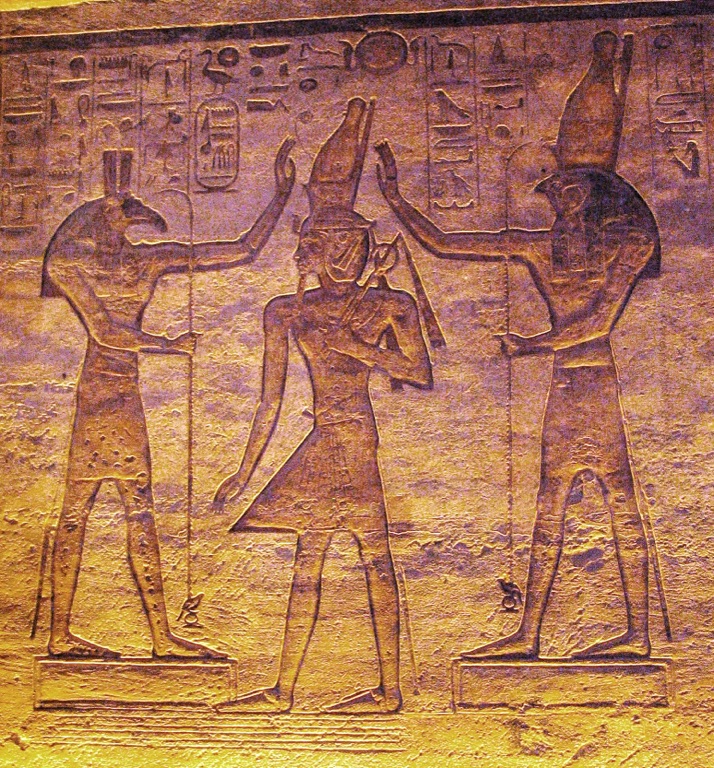
For further reading and to validate the information presented in this article, the following sources are recommended:
